| T O P I C R E V I E W |
| Pierre |
Posted - 29/05/2011 : 09:00:13
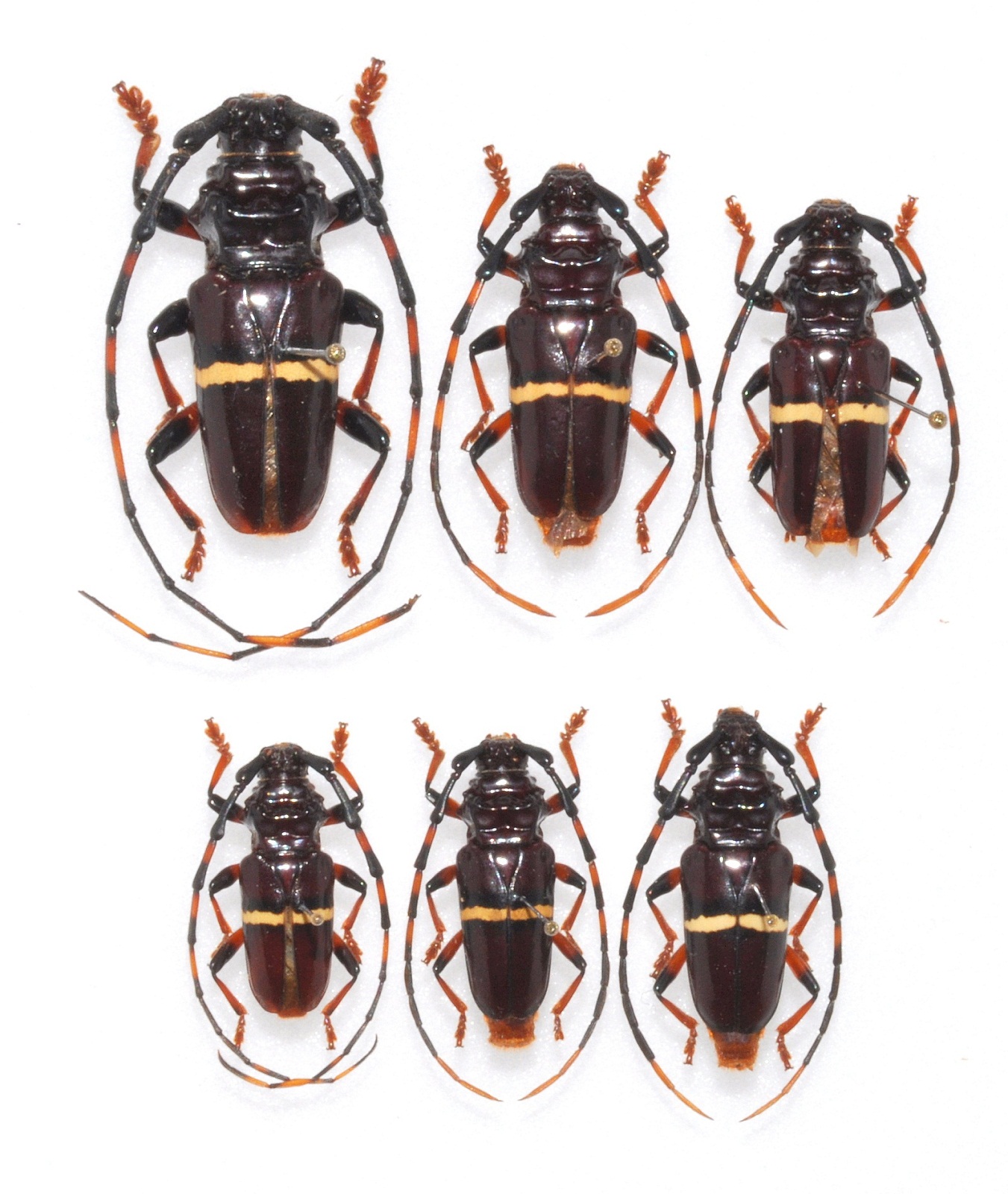
Specimen belonging to series captured in different places in Peru / Loreto.
28 / 25 / 22,
16 / 18 / 20 mm |
| 10 L A T E S T R E P L I E S (Newest First) |
| Francesco |
Posted - 30/05/2011 : 22:07:54
They are all T. succintus... T. leptomerus should have in the prosternal furrow a pubescence as long as the pubescence the male of the last photo has on the front side of the prosternal process. |
| Pierre |
Posted - 30/05/2011 : 21:12:22
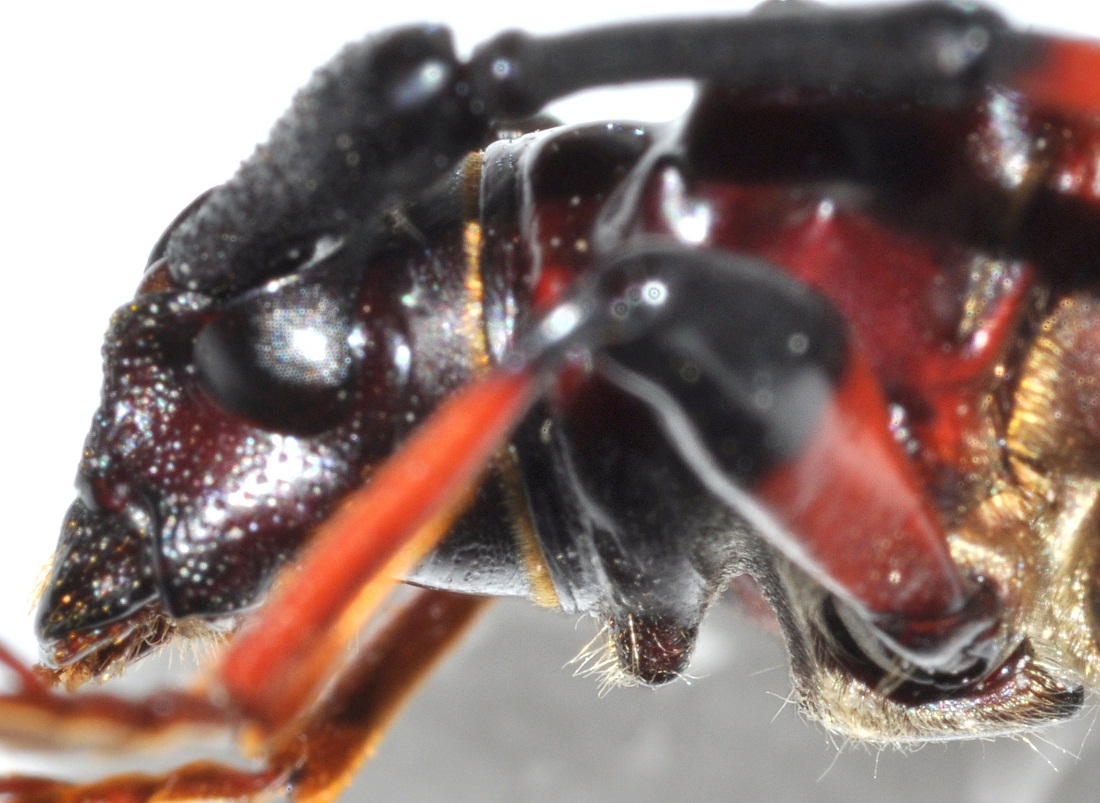
And here a male. |
| Pierre |
Posted - 30/05/2011 : 21:11:29
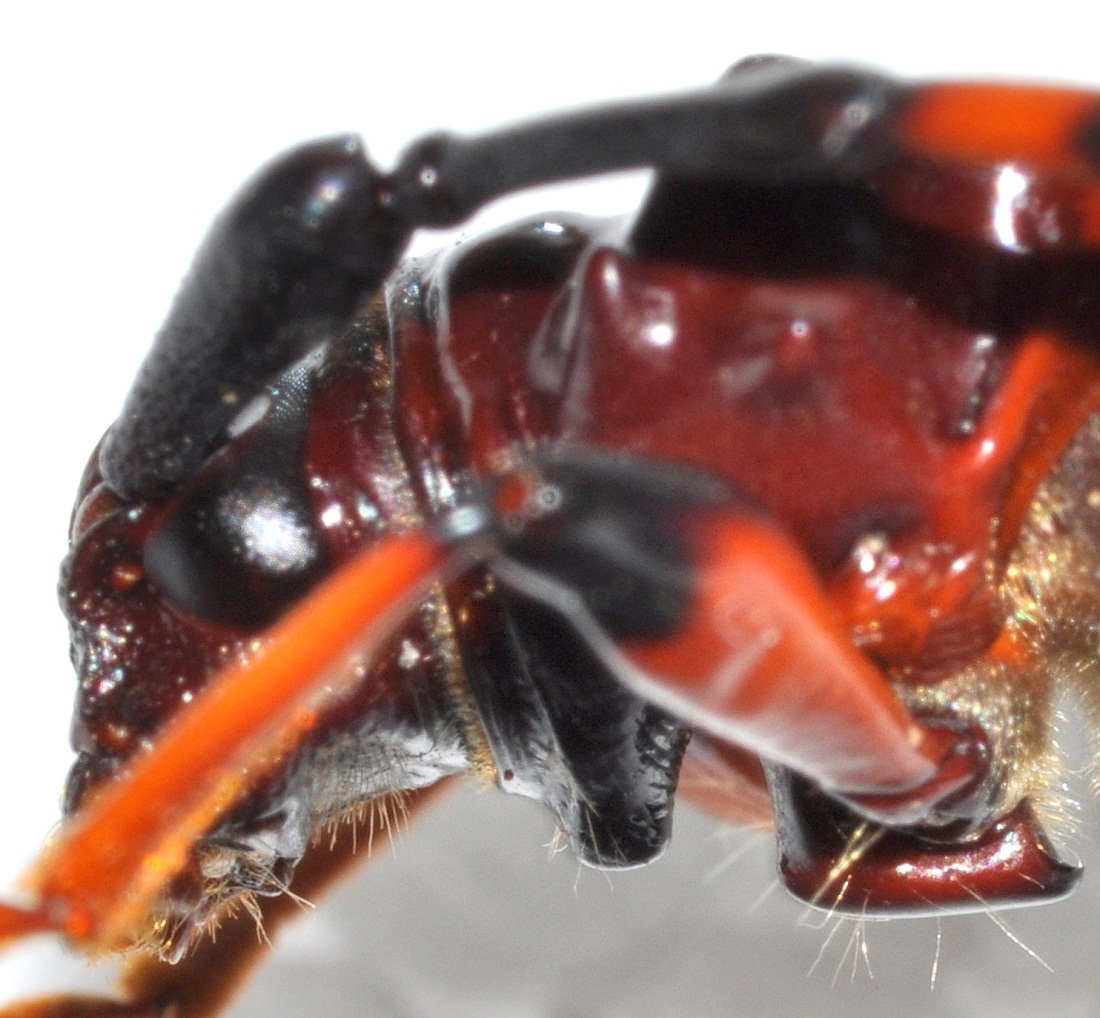
This, and the next one, are two specimen from French Guiana you have identified as being succinctus succinctus. Here a female. |
| Pierre |
Posted - 30/05/2011 : 21:09:54

And here the female, second range, middle. |
| Pierre |
Posted - 30/05/2011 : 21:08:34

See the male on the top/left side. Succinctus? |
| Francesco |
Posted - 30/05/2011 : 08:42:10
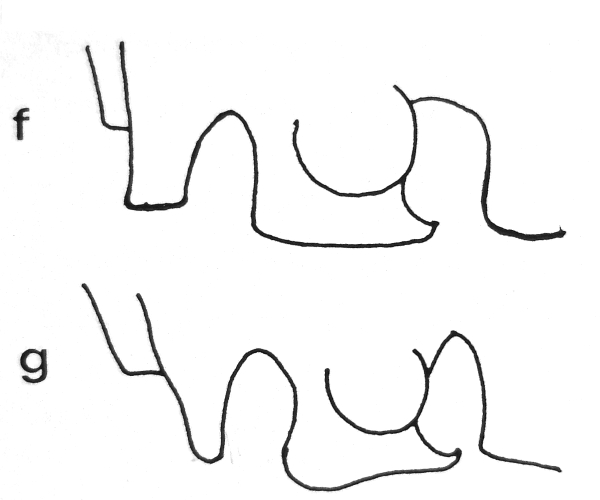
They should be all T. leptomerus leptomerus.
In Loreto T. succintus succintus is also present and both species are fairly variable. Normally, T. leptomerus has more black tibiae, but also specimens with completely red tibiae are present.
In addition to the prosternal pubescence, Hüdepohl (1985) added its shape: f (T. succintus) or g (T. leptomerus). |
| Pierre |
Posted - 30/05/2011 : 06:28:11
Both males and females show a similar type of pubescence. Sparse, long, erect setae here and there. |
| Francesco |
Posted - 29/05/2011 : 23:17:02
Well. The prosternum of male has long or short pubescence?
That of females is smooth or pubescent? |
| Pierre |
Posted - 29/05/2011 : 19:38:11
I don't see any tubercle here; case 1). |
| Francesco |
Posted - 29/05/2011 : 18:56:59
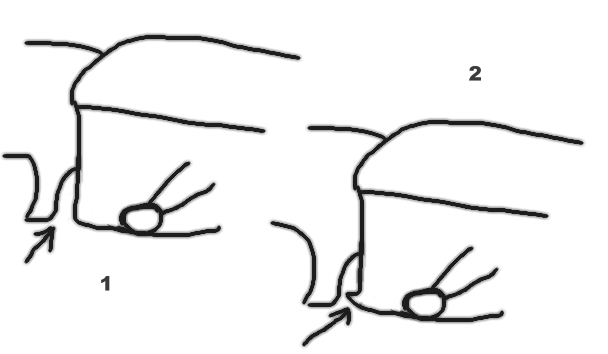
Here too, it is necessary to know if the mesosternum is vertically truncated anteriorly (1) or it is armed with a pointed tubercle (2). |


